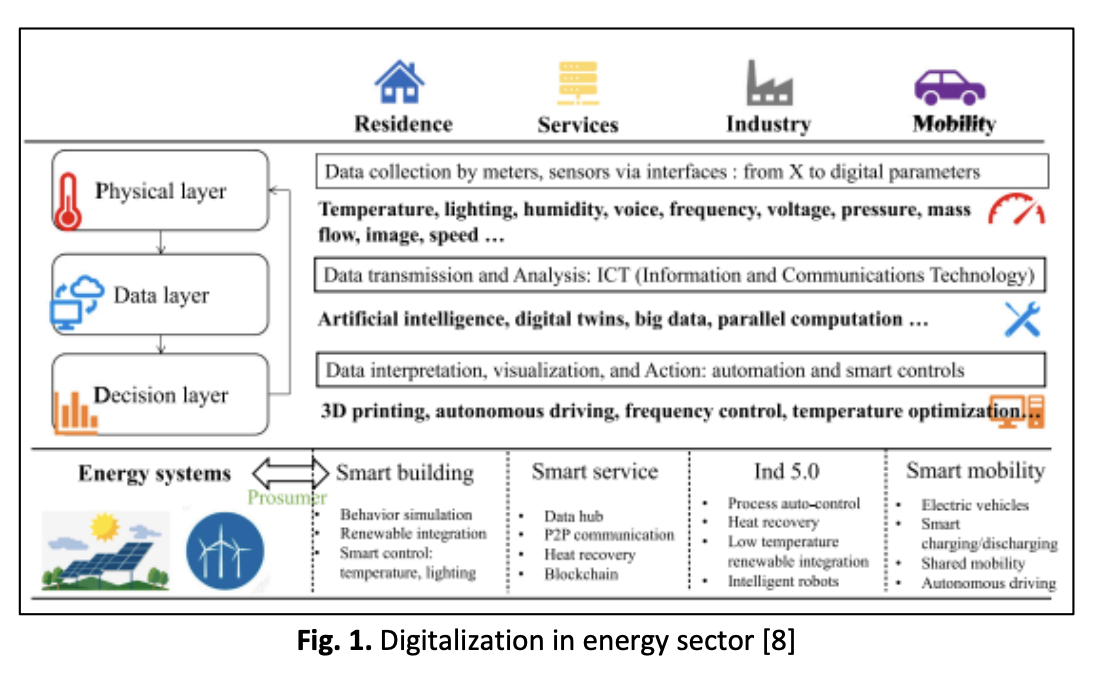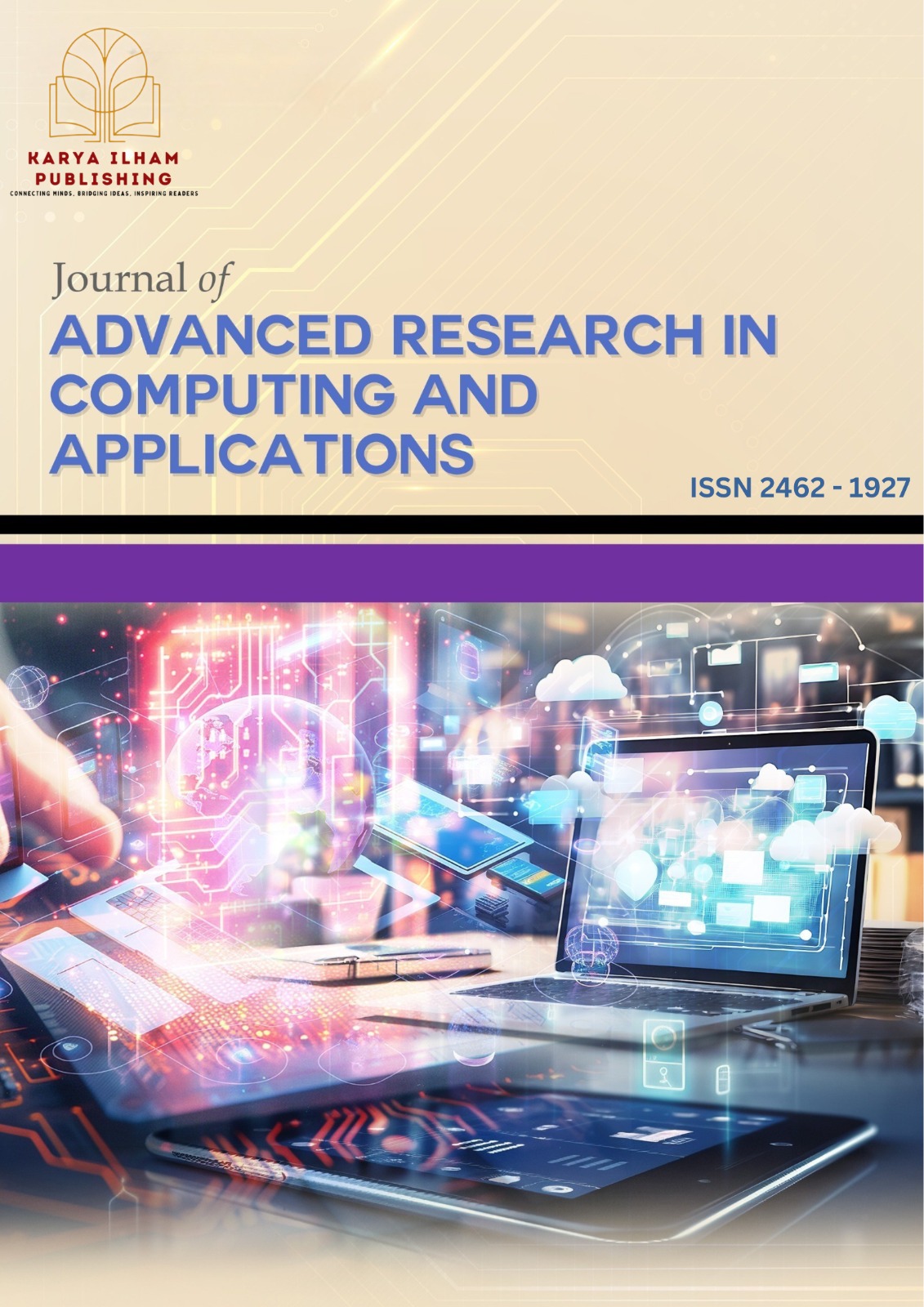Visualizing Sustainability: Renewable Energy Progress in Malaysia
Keywords:
Renewable energy, energy sustainability, data monitoring system, data visualizationAbstract
The current primary energy source in Malaysia is derived from fossil fuels and coal, leading to significant quantities of carbon dioxide and greenhouse gas emissions. The energy demand in Malaysia, as a rising nation, plays a crucial role in promoting economic advancement, despite conflicting with the notion of IR 4.0, which aims to establish sustainable and environmentally friendly energy sources. The government initiated the implementation of laws and initiatives aimed at promoting the integration of renewable energy sources into Malaysia's energy mix generation, thereby presenting it as a viable answer. However, the efficacy of the implemented policies and initiatives will be rendered meaningless in the absence of a good monitoring mechanism. The transition towards renewable energy sources is a critical endeavour for nations globally, with Malaysia being no exception. This study employs the OSEMN (Obtain, Scrub, Explore, Model, and iNterpret) framework to analyze and visualize the progression of renewable energy production in Malaysia from 2012 to 2021. By leveraging this framework, the study aims to promote an enhanced understanding of Malaysia's current energy landscape and the significance of renewable energy adoption. The findings derived from the analysis and visualization are interpreted to reveal the status of renewable energy adoption in Malaysia. Furthermore, the relevance and implications of these findings for Malaysia's energy sustainability goals are discussed, highlighting the importance of renewable energy as a viable alternative to traditional fossil fuels. In conclusion, this study offers a comprehensive analysis of renewable energy progress in Malaysia using the OSEMN framework, facilitating a deeper understanding of the country's energy landscape and the imperative role of renewable energy in sustainable development efforts. Moreover, the outcome of this project will be a useful asset to attract investors and boost their confidence to contribute financing for renewable energy projects in Malaysia. Instead of solely concentrating on developing renewable energy sources, the government should also prioritize initiatives to decrease reliance on non-renewable energy.












